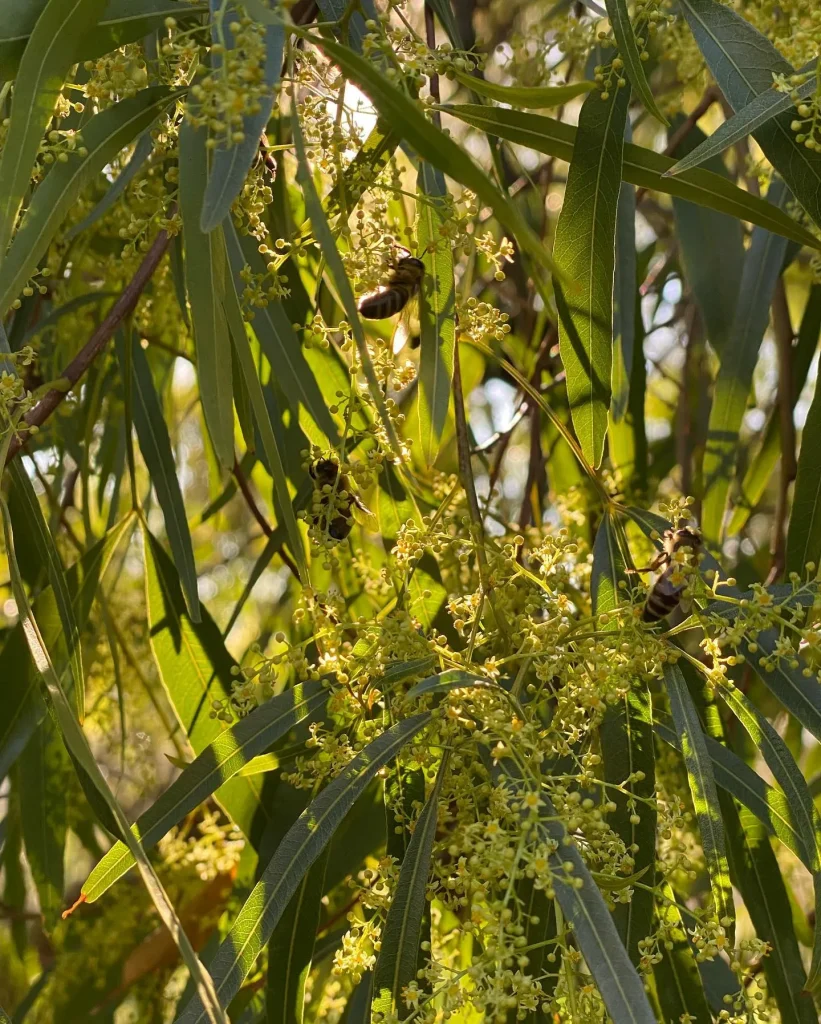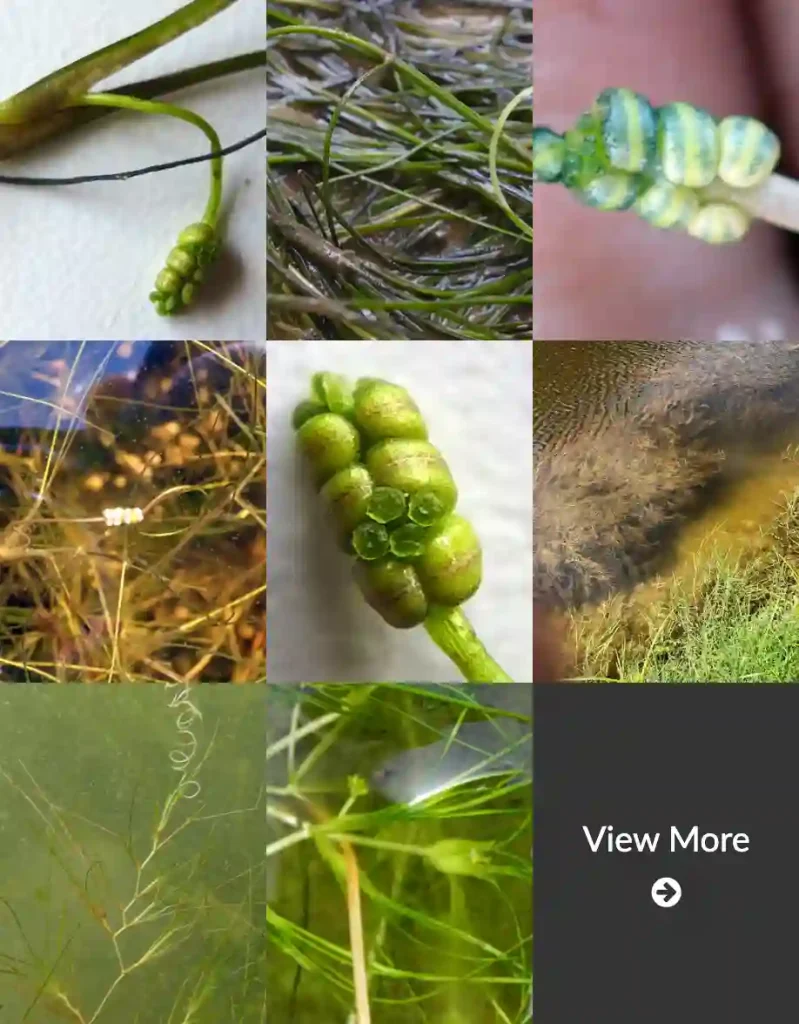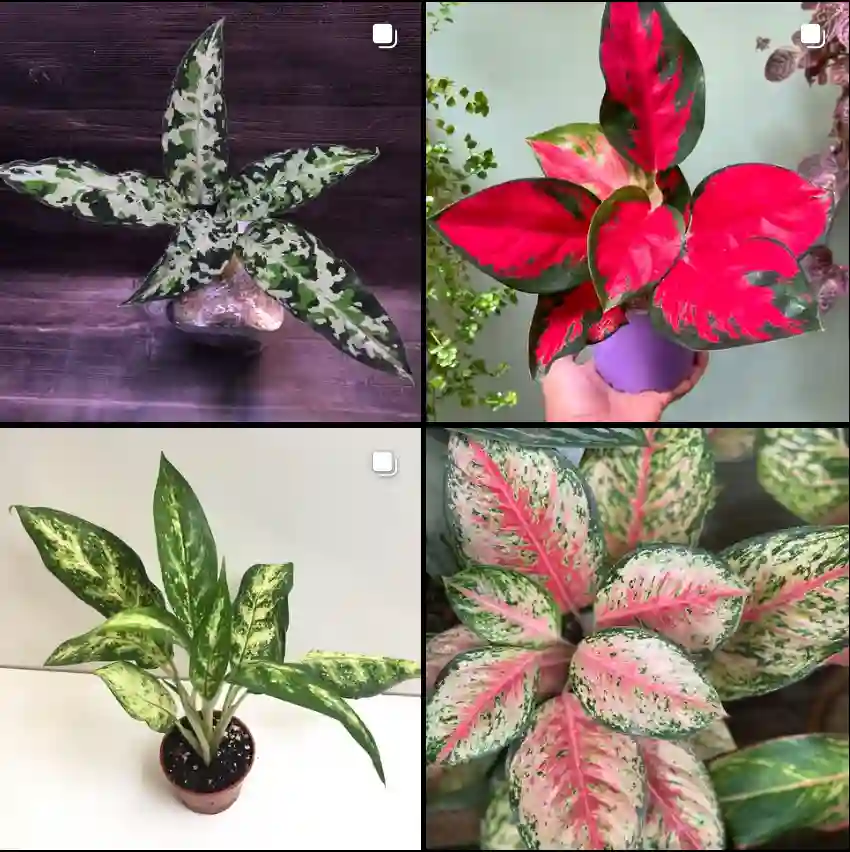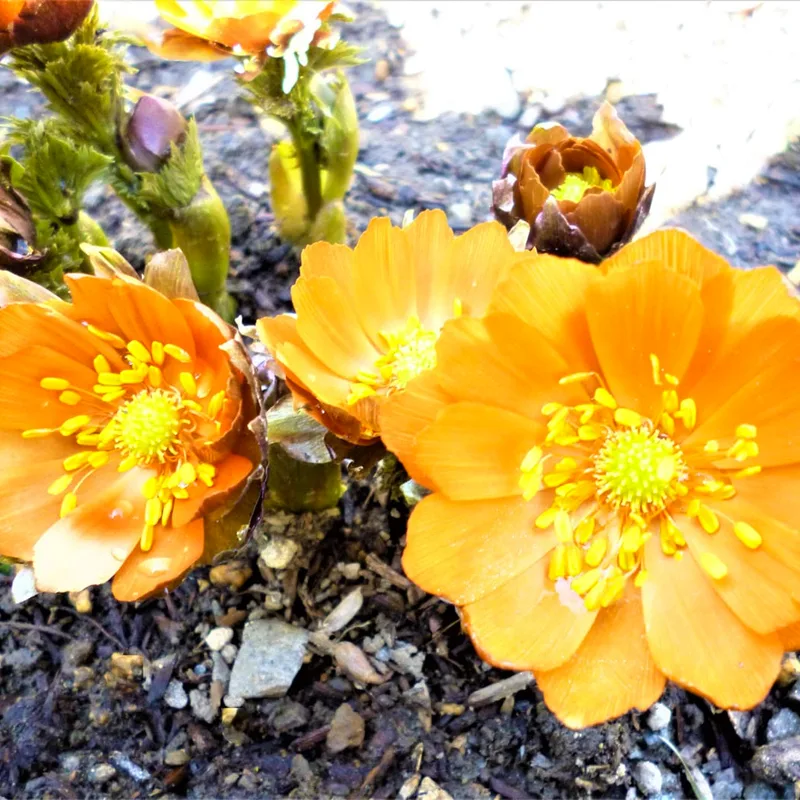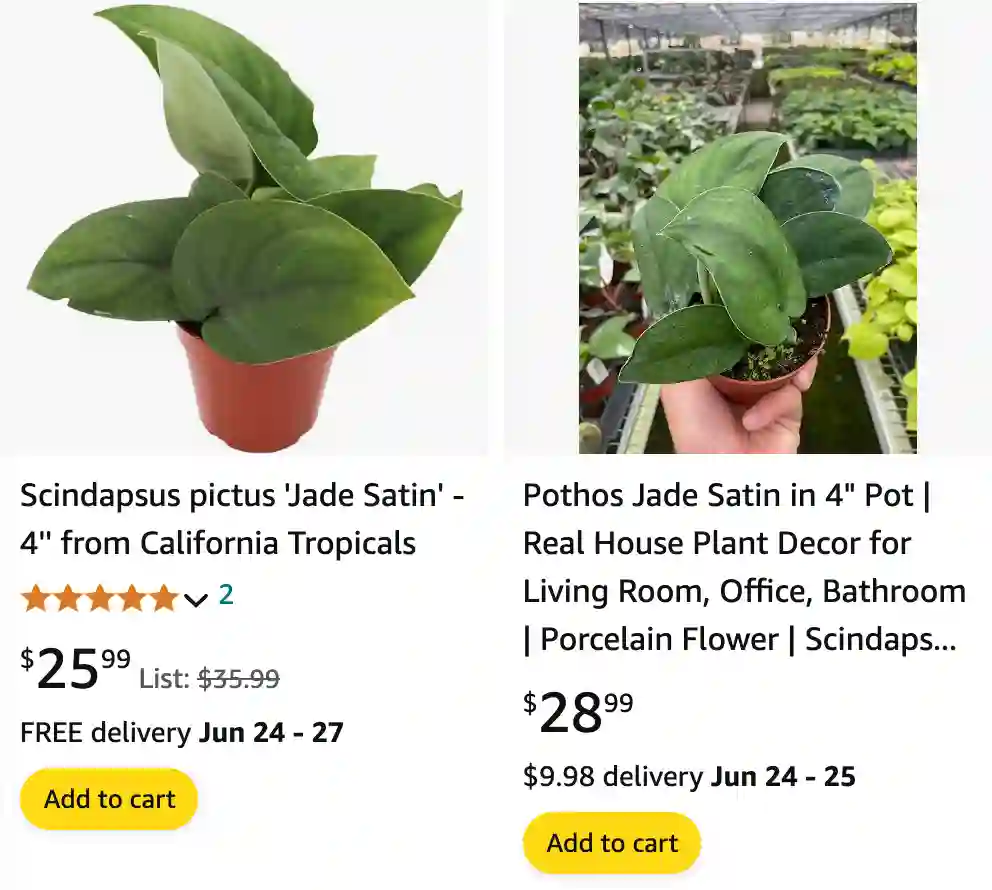
Scindapsus Jade Satin: Unraveling the Secrets of this Lush Jewel
I’m Ferb Vu, and like many of you, I’m captivated by the alluring world of houseplants. Today, we delve into the enigmatic Scindapsus Jade Satin, a plant that enthralls with its deep green foliage and graceful trailing vines.
This FAQ will equip you with the knowledge to cultivate a thriving Scindapsus Jade Satin, addressing common questions and dispelling any confusion surrounding this unique beauty.
36 Species in Genus Scindapsus
What is a Scindapsus Jade Satin?
The Scindapsus Jade Satin, a member of the Araceae family, boasts captivating heart-shaped leaves in a rich, almost velvety jade green. Unlike its variegated cousins, the Jade Satin eschews silver markings, opting for a uniform and luxurious emerald hue.
This tropical gem thrives in Southeast Asia, where it flourishes as a climber, clinging to trees and other structures for support. In our homes, it can gracefully trail from a hanging basket or cascade down a moss pole, adding a touch of elegance to any space.
Jade Satin Scindapsus vs Jade Pothos
Between the Jade Satin Scindapsus and Jade Pothos, I find the Scindapsus more captivating because its velvety leaves feel so luxurious every time I touch them, unlike the smoother leaves of the Pothos which, though beautiful, lack that tactile allure.
Scindapsus Jade Satin vs. Scindapsus Pictus Exotica
Often mistaken for its close relative, the Scindapsus Pictus Exotica, the Jade Satin possesses some key distinctions. Here’s a quick breakdown:
- Coloration: The Scindapsus Pictus ‘Exotica’ features the classic silver variegation characteristic of many Scindapsus varieties. The Jade Satin, however, forgoes these accents, embracing a solid jade green.
- Growth Rate: The Jade Satin is known for its slower growth compared to the ‘Exotica,’ making it ideal for those who prefer a more manageable plant.
How to care for Jade Satin Scindapsus?
Light Requirements: Illuminating the Path to Growth
Bright, indirect light is the mantra for a happy Scindapsus Jade Satin. Direct sunlight can scorch its delicate leaves, so avoid south-facing windows. East or north-facing locations, or a spot a few feet away from a west-facing window, provide the perfect amount of illumination.
Signs of insufficient light include leggy growth and sparse foliage. Conversely, excessively bright light manifests as bleached or yellowing leaves. Don’t be afraid to experiment and find the sweet spot for your Jade Satin.
Watering Wisdom: Keeping Your Plant Hydrated without Drowning It
The Scindapsus Jade Satin leans towards the drought-tolerant side. Overwatering is its nemesis, leading to root rot and potential demise. Allow the top inch of soil to dry completely before watering. Sticking your finger into the soil is a reliable method – if it feels dry, it’s watering time.
During the winter months, when growth slows, water even less frequently. Remember, underwatering is easily rectified, while overwatering can be fatal.
Soil Composition: The Foundation for Lush Growth
A well-draining potting mix is crucial for the Scindapsus Jade Satin. A standard potting mix amended with perlite or orchid bark ensures proper drainage and aeration, preventing waterlogging. Here’s a simple recipe:
- 2 parts potting mix
- 1 part perlite
- 1 part orchid bark
This blend provides the ideal balance of moisture retention and drainage for your prized Jade Satin.
Temperature and Humidity: Creating a Tropical Haven
The Scindapsus Jade Satin thrives in warm temperatures, ideally between 65°F and 75°F (18°C and 24°C). Avoid exposing it to sudden temperature fluctuations or drafts.
Moderate to high humidity levels (around 60-70%) are ideal. Grouping your Jade Satin with other humidity-loving plants or using a pebble tray filled with water can help create a more humid microclimate.
Common Problems and Solutions: Keeping Your Jade Satin Thriving
While generally low-maintenance, a few common issues can arise with your Scindapsus Jade Satin:
- Brown Leaves: This can be caused by underwatering, overwatering, or insufficient light. Check your watering habits and adjust accordingly. Ensure it receives adequate indirect light.
- Yellowing Leaves: Similar to brown leaves, this can be due to watering issues or excessive light. Address the root cause promptly.
- Pests: Mealybugs and spider mites can occasionally become unwelcome guests. Neem oil spray or insecticidal soap are effective solutions.
Propagation: Multiplying the Joy
Sharing the beauty of your Scindapsus Jade Satin is easy with propagation. Stem cuttings are the preferred method. Here’s a simplified guide:
- Select a healthy stem with a few nodes.
- Cut below a node at an angle.
- Remove the lower leaves, leaving a couple at the top.
- Place the cutting in a jar of water or a pot with moistened potting mix.
- Provide bright, indirect light. Patience is key, as root development can take several weeks. Once established, you can transplant the new Scindapsus Jade Satin into its own pot, allowing you to witness the joy of nurturing another thriving plant.
Additional Care Tips for a Flourishing Scindapsus Jade Satin
Beyond the essentials, here are some additional practices to elevate your Scindapsus Jade Satin’s care:
- Fertilization: A balanced liquid fertilizer diluted to half strength can be applied during the growing season (spring and summer) once a month. Avoid overfertilizing, as it can lead to salt buildup in the soil.
- Cleaning Leaves: Regularly wipe down the foliage with a damp cloth to remove dust and improve light absorption. This also discourages pests.
- Pruning: Pruning encourages bushier growth and promotes a fuller appearance. Simply use sterilized shears to remove leggy stems or unwanted growth. You can use the cuttings for propagation!
- Repotting: As your Scindapsus Jade Satin matures, it may need a larger pot to accommodate root growth. Repot every 1-2 years into a pot that’s 1-2 inches larger in diameter.
Scindapsus Jade Satin: A Perfect Fit for Your Indoor Oasis
With its captivating foliage and easy-going nature, the Scindapsus Jade Satin is a houseplant gem. By following these simple guidelines, you can cultivate a thriving Jade Satin that adds a touch of sophistication and lush greenery to your indoor space.
Remember, the key lies in providing adequate indirect light, well-draining soil, and proper watering. With a little love and attention, your Scindapsus Jade Satin will reward you with years of vibrant beauty.
If i die, water my plants!
